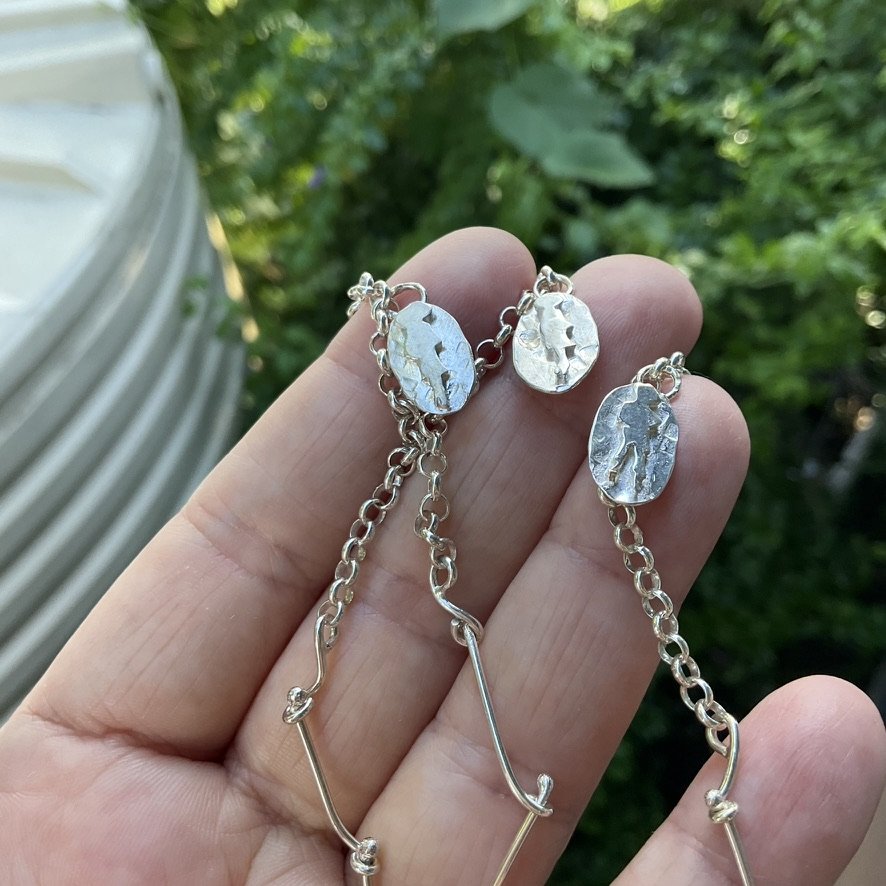The One Room Schoolhouse
I have a small obsession with one room schoolhouses in rural Queensland. I think it might have roots in my obsession with Anne of Green Gables and, later, Emily of New Moon. The latter book provides a delicious insight into the dynamics of the one-room schoolhouse and its pupils.
“If you come to school to-morrow, Miss Starr,” said Black-eyes deliberately, “we are going to take that snake and put it around your neck.”
“Let me see you do it!” cried a clear, ringing voice. Into their midst with a bound came the girl with amber eyes and short hair. “Just let me see you do it, Jennie Strange!”
“This isn’t any of your business, Ilse Burnley,” muttered Jennie, sullenly.
“Oh, isn’t it? Don’t you sass me, Piggy-eyes.” Ilse walked up to the retreating Jennie and shook a sunburned fist in her face. “If I catch you teasing Emily Starr to-morrow with that snake again I’ll take it by the tail and you by your tail, and slash you across the face with it. Mind that, Piggy-eyes. Now you go and pick up that precious snake of yours and throw it down on the ash pile.”
Jennie actually went and did it. Ilse faced the others.
“Clear out, all of you, and leave the New Moon girl alone after this,” she said. “If I hear of any more meddling and sneaking I’ll slit your throats, and rip out your hearts and tear your eyes out. Yes, and I’ll cut off your ears and wear them pinned on my dress!”
Cowed by these ferocious threats, or by something in Ilse’s personality, Emily’s persecutors drifted away. Ilse turned to Emily.
“Don’t mind them,” she said contemptuously. “They’re jealous of you, that’s all—jealous because you live at New Moon and ride in a fringed top-buggy and wear buttoned boots. You smack their mugs if they give you any more of their jaw.”
L.M. Montgomery, Emily of New Moon
Whichello School circa 1920
Above, you can see the school my great grandmother, Dot, actually attended as a child. A hundred years ago, rural Queensland was dotted with many one-room schoolhouses, all supplying a basic education to the children of local families. They were often built by local families. One teacher would handle multiple grades, teaching everything from gardening and knitting to geography and arithmetic. Large families would virtually populate the student body and students would walk or, if fortunate, ride their horses to school. My great grandma only had a short distance to walk as the school was down the road from her family farm. Her elder siblings were among the first pupils and above you can see her youngest sister, Daisy, applying a hoe to the flower bed. She’s surrounded by nieces and nephews - children of her big brother who had his farm close by, too. Although note the two boys at the front - don’t you love them? Those hats! Those cheeks! Those peter pan collars! Those pouts!
This is a letter written by my great grandmother’s niece when she followed the previous generation into the school. It was published by the Toowoomba Chronicle in 1931.
Ellen’s letter here gives a sense of what school life was like in the 1930s. Apparently, the schoolhouse was full of birds! And like all good farm girls, Ellen makes a careful note of the rainfall.
For a little art project of my own, I wanted to try to recreate Whichello Schoolhouse in silver. The project has split the school into three. Each piece perfectly sits together to form the whole school, but each can be worn seperately as a necklace featuring handmade chain, charms and toggle clasps. Because there’s very sketchy information on what the interiors of the schoolhouses were like and I can’t know what Whichello was like as I can’t ask my great grandma anymore, there’s some guesswork. But you can see that there’s a magpie on a perch above the windows - a nod to Ellen’s letter. There’s also an array of books and maps and charts on the walls, informed by various school recreations in local museums. The stove is an important element - the schools were heated in the bitter winters and it was the responsibility of the teacher to bring wood to start the stove up. I read about one teacher being devastated as on the day the Schools Inspector arrived, he’d been in such a state he forgot to bring the wood and all his students were shivering as a result! The desks were wooden, sometimes with wrought iron bases. You’d lift the lid and keep your school supplies there. There’d also be spaces for inkwells and pens, although slates were often used in the early years. And if you know your Anne of Green Gables, slates hold a special place in my heart. The interior of the school was often brown, cream, or beige or all three. The exterior would likely be cream.
The schoolhouse would often have a front veranda. Some of the veranda may be built in to provide a dry area for children to leave their satchels and hats - girls often had quite stunning hats during the early twentieth century. Lunch pails and boxes could also be left there.
Students also worked to beautify the school with gardens. Events like Arbour Day and Wattle Day would be celebrated and schools were planted with pine trees. If you drive around country roads today and see a grove of pine trees, the likelihood is that a school once stood there.
Whichello School with some of the horses the children would ride to school.
This is a early photo of the school, featuring Dot’s older siblings establishing the garden beds that their baby sister would maintain.
The children depicted on the charms for the necklaces are taken from the above photo.
The keys that feature on the toggle clasps.















